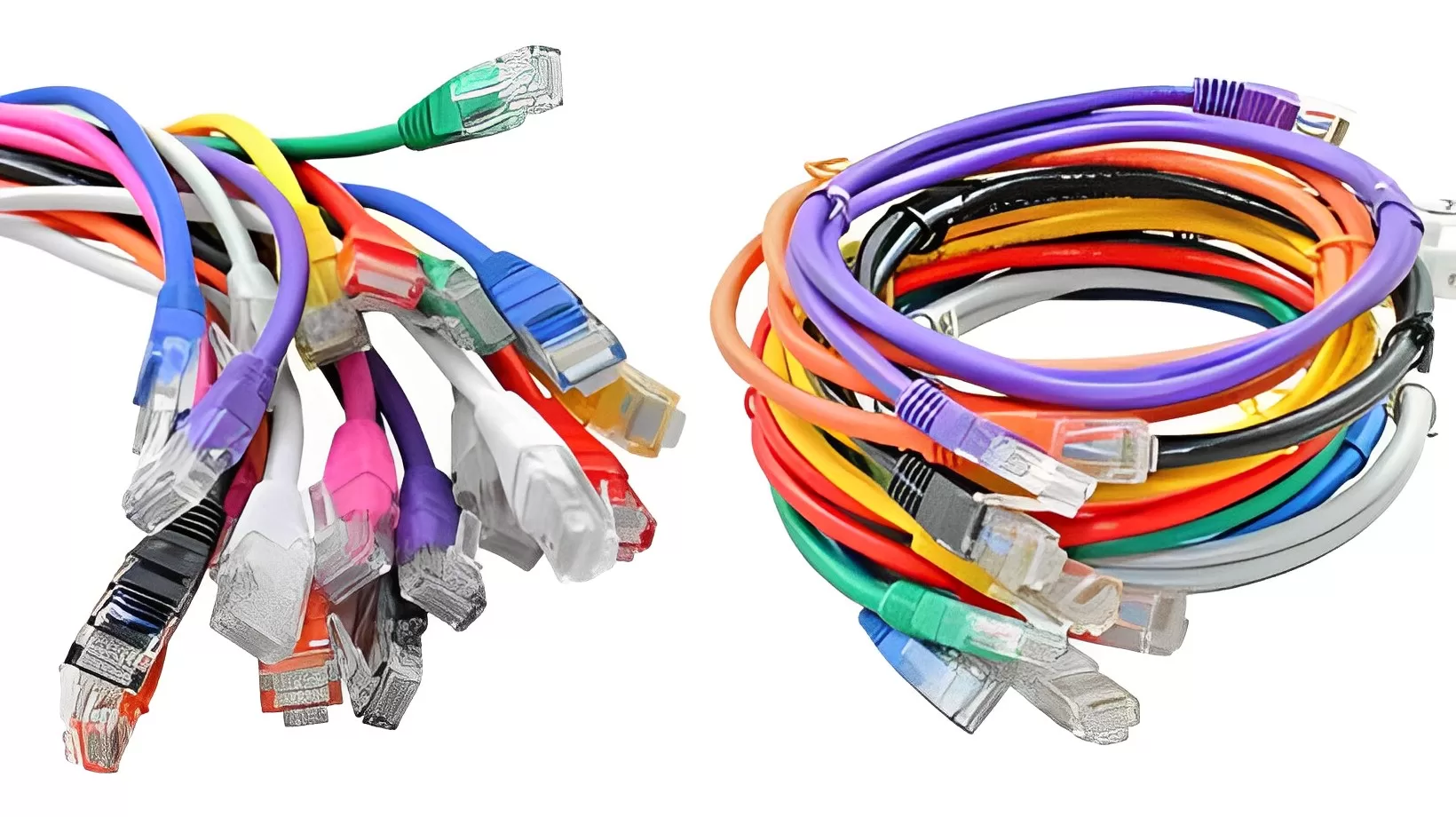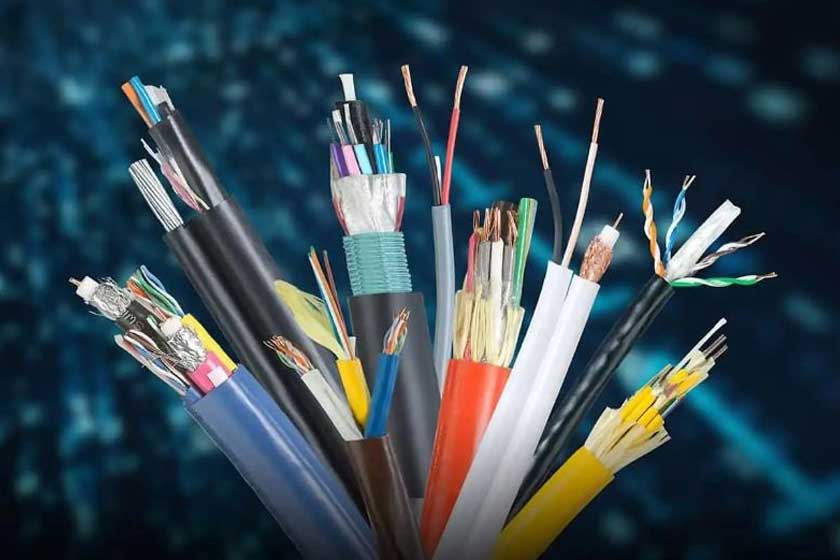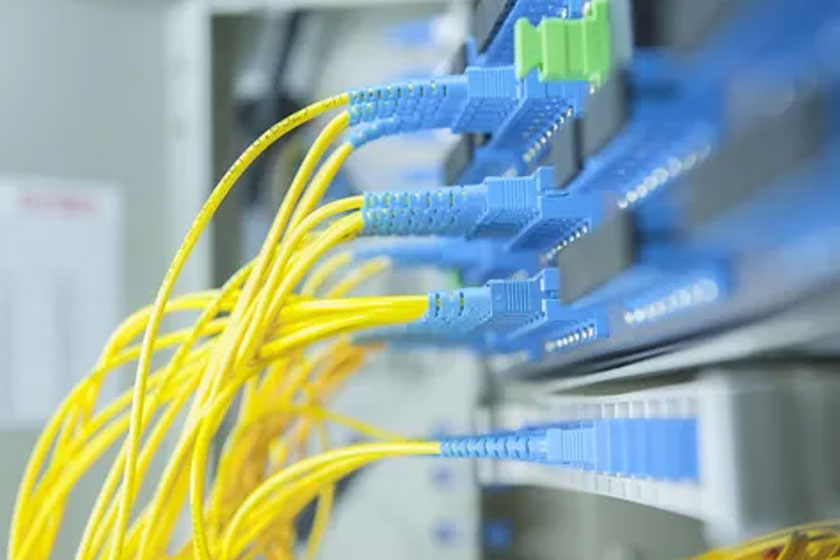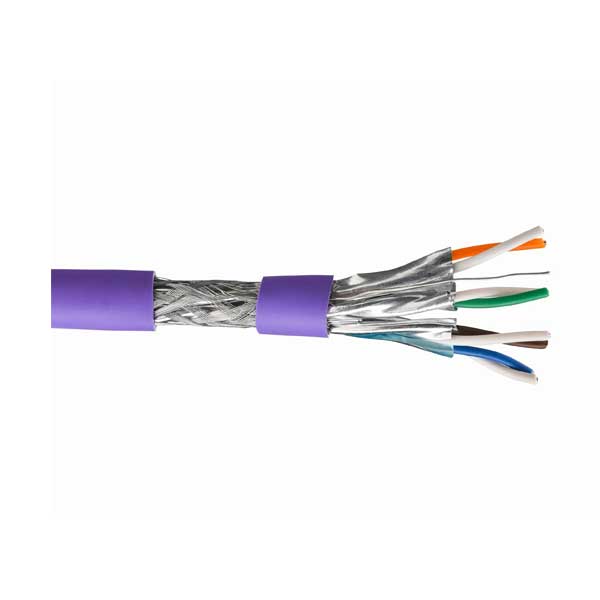The Invisible Network: How Coaxial Cables Shape our Digital Lives”

In today’s interconnected world, communication cables serve as the lifeline of global connectivity. These unassuming physical transmission mediums have revolutionized the way we exchange information, enabling seamless communication across vast distances. From the humble beginnings of telegraph wires to the cutting-edge fiber optic cables of the digital age, communication cables have evolved significantly, shaping the course of human progress and technological advancements. Besides, Communication cables are physical transmission mediums that carry signals, data, or information between different locations. These cables play a crucial role in modern telecommunications and networking, enabling the efficient transfer of voice, video, and data over long distances. There are several types of communication cables, each designed for specific purposes and transmission technologies. Some common types of communication cables include:

Types of Communication Cables:
Coaxial Cable: Coaxial cables consist of a copper conductor surrounded by an insulating layer, a woven metallic shield, and an outer insulating jacket. They are commonly used for cable television (CATV) distribution, internet connectivity, and other applications requiring high-frequency signal transmission.
Twisted Pair Cable: Twisted pair cables consist of two insulated copper wires twisted together in a specific pattern. They are widely used for Ethernet networks, telephone lines, and various data communication applications. Twisted pair cables come in two main categories: Unshielded Twisted Pair (UTP) and Shielded Twisted Pair (STP).
Fiber Optic Cable: Fiber optic cables use thin strands of glass or plastic to transmit data as pulses of light. They offer high data transmission rates, immunity to electromagnetic interference, and are widely used in long-distance telecommunications, internet backbone networks, and high-speed data transfer applications.
USB Cable: Universal Serial Bus (USB) cables are used to connect devices like computers, smartphones, and peripherals. They facilitate data transfer, charging, and communication between devices.
HDMI Cable: High-Definition Multimedia Interface (HDMI) cables are used to transmit high-definition audio and video signals between devices such as TVs, monitors, Blu-ray players, and gaming consoles.
Power over Ethernet (PoE) Cable: PoE cables are Ethernet cables capable of carrying electrical power along with data. They are often used to power devices like IP cameras, Wi-Fi access points, and VoIP phones.
Submarine Communication Cable: These cables are laid on the ocean floor and used for international communications between continents. They allow for high-capacity data transfer between countries and continents.


How Communication Cables Revolutionized Telecommunications ?
Communication cables have undoubtedly revolutionized telecommunications, shaping the way we interact, exchange information, and connect with one another on a global scale. This technological marvel has been instrumental in transforming the world into a highly interconnected and digitally driven society. In this blog, we will explore how communication cables have brought about this remarkable revolution in telecommunications. Before the advent of communication cables, long-distance communication was a cumbersome and time-consuming process. Messages had to be physically transported, and the speed of information exchange was limited. With the introduction of communication cables, particularly telegraph wires and later coaxial cables, information could be transmitted at much higher speeds, connecting people across continents and revolutionizing the way we communicate.
The backbone of the internet relies heavily on fiber optic cables. These thin strands of glass, capable of transmitting data as pulses of light, opened up entirely new possibilities for data transmission. Fiber optic cables provided unparalleled data transfer speeds and high bandwidth, forming the foundation for the modern internet. As a result, the internet became an integral part of our lives, transforming the way we communicate, work, and access information. Communication cables, especially submarine cables laid across the ocean floor, facilitated global connectivity like never before. They became the vital links between different continents, connecting countries and enabling seamless data exchange across borders. This interconnectedness fostered international collaboration, trade, and cultural exchange, bringing the world closer together.
Early communication cables enabled voice communication over long distances, giving rise to long-distance telephone networks. Subsequently, coaxial cables improved the quality of telephone calls, and later digital communication cables further enhanced voice clarity, paving the way for Voice over Internet Protocol (VoIP) technology that we use today. Today, TongDa communication cables are designed to withstand various environmental factors, making them highly resilient. Additionally, redundant cable systems have been put in place to ensure continued communication even if one cable is damaged, guaranteeing uninterrupted connectivity.
Communication Cables Enable Global Collaboration
Communication cables have played a pivotal role in fostering global collaboration, breaking down barriers of distance and time, and enabling seamless interaction between individuals, businesses, and organizations across the world. TongDa has been dedicated ourselves into developing more quality and excellent cables for internet web and we have to say that know how these unassuming cables have become the backbone of international cooperation and the facilitators of a connected global community is of paramount importance.
Real-Time Communication: With the advent of communication cables, long gone are the days of waiting weeks or months for a letter to arrive by sea mail. Today, individuals and businesses can communicate with each other in real-time through various channels such as emails, instant messaging, video conferencing, and voice calls. Communication cables ensure that these messages traverse vast distances at lightning-fast speeds, allowing for quick decision-making and immediate collaboration regardless of the physical location of participants.
Global Video Conferencing: Communication cables have transformed the landscape of international business meetings. Video conferencing, a key product of advanced communication cable infrastructure, enables face-to-face interactions between teams, partners, and clients spread across different continents. This has not only saved time and travel costs but has also fostered stronger relationships and better understanding among global collaborators.
Seamless Data Sharing: In today’s interconnected world, collaboration often requires the sharing of large volumes of data, such as documents, multimedia files, and project updates. Communication cables, especially high-speed fiber optic cables, ensure the rapid and reliable transfer of data, making it easy for individuals and teams to work together on shared projects, irrespective of their geographical locations.
International Research and Development: Scientists, researchers, and scholars from different corners of the globe can now collaborate effortlessly thanks to communication cables. These cables support the transfer of vast amounts of scientific data, enabling groundbreaking research and accelerating advancements in various fields, from medicine and space exploration to climate studies and artificial intelligence.
Cross-Border Business Operations: Communication cables have paved the way for businesses to expand internationally without being bound by geographical limitations. Companies can establish branches, outsource services, and collaborate with partners globally, all made possible by the reliable and high-speed communication provided by these cables.
Cultural Exchange and Education: Global collaboration facilitated by communication cables is not limited to business and research; it extends to cultural exchange and education as well. Through distance learning programs, students from different countries can access educational resources, engage with teachers, and collaborate on projects, enriching their learning experience with diverse perspectives.
International Humanitarian Efforts: During times of crisis or disaster, communication cables prove to be invaluable for coordinating international humanitarian efforts. Aid organizations can communicate with teams on the ground, assess situations in real-time, and mobilize resources promptly, all due to the seamless global communication enabled by these cables.
TongDa Cables – Delivering Quality and Trust in Every Connection
At TongDa Cables, we are committed to delivering exceptional products and services, and we take pride in being a leading provider of high-quality communication cables that enable seamless connectivity worldwide. As a valued customer, your trust in our brand has been the driving force behind our pursuit of excellence. For over years, TongDa Cables has been at the forefront of the telecommunications industry, constantly innovating to meet the evolving needs of our customers. Our dedication to research and development has allowed us to create cutting-edge communication cable solutions that empower businesses and individuals to stay connected across the globe. As our valued customer, you have experienced first-hand the reliability and performance of our products.
Our extensive range of communication cables, including fiber optic cables, twisted pair cables, and coaxial cables, are meticulously designed and manufactured using the latest technologies and industry best practices. We are proud to say that our cables have enabled countless successful projects, from international data networks and telecommunication infrastructures to critical research collaborations and educational initiatives. TongDa Cables stands committed to sustainable and eco-friendly practices. We prioritize environmental responsibility throughout our production processes, ensuring that our products not only meet international quality standards but also contribute to a greener and more sustainable future. Our success would not have been possible without your trust and confidence in our brand. We genuinely appreciate your partnership and are dedicated to continuing to serve you with the highest level of professionalism and integrity.



